Neue Methode zur Beschichtung mit Biochemikalien
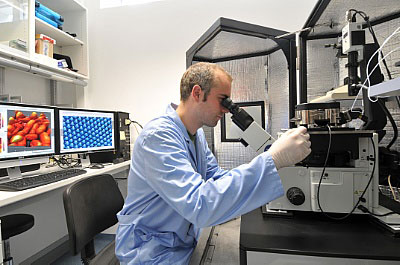 Eine neuartige Methode zur umweltfreundlicheren und effizienteren Beschichtung von Oberflaechen mit Nanopartikeln wurde am Helmholtz-Zentrum Dresden-Rossendorf entwickelt.
Eine neuartige Methode zur umweltfreundlicheren und effizienteren Beschichtung von Oberflaechen mit Nanopartikeln wurde am Helmholtz-Zentrum Dresden-Rossendorf entwickelt.
May 31st, 2012
Read more
 Eine neuartige Methode zur umweltfreundlicheren und effizienteren Beschichtung von Oberflaechen mit Nanopartikeln wurde am Helmholtz-Zentrum Dresden-Rossendorf entwickelt.
Eine neuartige Methode zur umweltfreundlicheren und effizienteren Beschichtung von Oberflaechen mit Nanopartikeln wurde am Helmholtz-Zentrum Dresden-Rossendorf entwickelt.
May 31st, 2012
Read more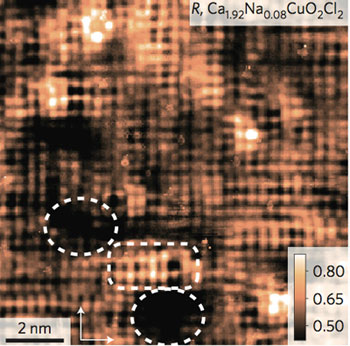 High-temperature superconductivity doesn't happen all it once. It starts in isolated nanoscale patches that gradually expand until they take over.
High-temperature superconductivity doesn't happen all it once. It starts in isolated nanoscale patches that gradually expand until they take over.
May 31st, 2012
Read more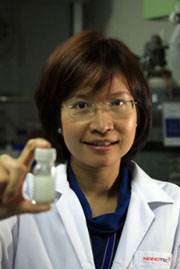 Researchers at National Nanotechnology Center (NANOTEC) and King Mongkut's University of Technology Thonburi have successfully developed a target drug delivery system using folate-conjugated pluronic F127/chitosan core-shell nanoparticles to deliver doxorubicin (DOX) to target cancer cells focusing on breast cancer.
Researchers at National Nanotechnology Center (NANOTEC) and King Mongkut's University of Technology Thonburi have successfully developed a target drug delivery system using folate-conjugated pluronic F127/chitosan core-shell nanoparticles to deliver doxorubicin (DOX) to target cancer cells focusing on breast cancer.
May 31st, 2012
Read moreA project for the risk assessment of nano materials.
May 31st, 2012
Read more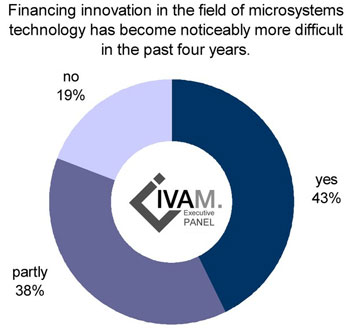 A re-structured funding landscape and the succeeding financial crises may hamper the innovative strength of the microtechnology industry in Germany.
A re-structured funding landscape and the succeeding financial crises may hamper the innovative strength of the microtechnology industry in Germany.
May 31st, 2012
Read more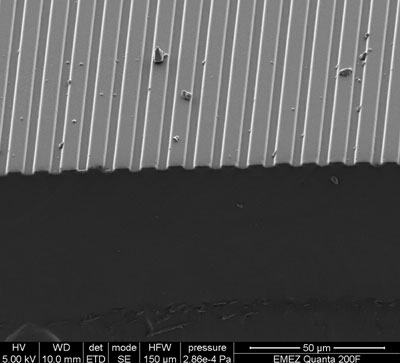 Researchers at ETH Zurich have developed a plaster that accelerates wound healing and is easily removed from the wound at any time. Burn victims in particular may profit from this invention in the future.
Researchers at ETH Zurich have developed a plaster that accelerates wound healing and is easily removed from the wound at any time. Burn victims in particular may profit from this invention in the future.
May 31st, 2012
Read moreEdmonton is Canada's nanotechnology centre of excellence.
May 31st, 2012
Read more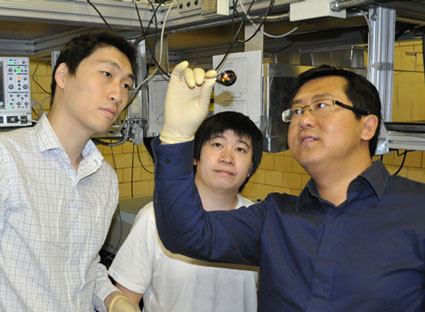 Researchers have shown that graphene has two other properties that could have applications in high-speed telecommunications devices and laser technology - population inversion of electrons and broadband optical gain.
Researchers have shown that graphene has two other properties that could have applications in high-speed telecommunications devices and laser technology - population inversion of electrons and broadband optical gain.
May 31st, 2012
Read more Novel technology could enable new tools for delivering drugs directly to disease sites in the body.
Novel technology could enable new tools for delivering drugs directly to disease sites in the body.
May 30th, 2012
Read moreStudy IDs zeolite minerals that are one-third more efficient for carbon capture.
May 30th, 2012
Read more Synthetic platelets have been developed by UC Santa Barbara researchers, in collaboration with researchers at Scripps Research Institute and Sanford-Burnham Institute in La Jolla, Calif.
Synthetic platelets have been developed by UC Santa Barbara researchers, in collaboration with researchers at Scripps Research Institute and Sanford-Burnham Institute in La Jolla, Calif.
May 30th, 2012
Read moreThe International Organization for Standardization (ISO) recently published a Technical Report (TR) that provides guidance on the physicochemical characterization of manufactured nano-objects prior to toxicological assessment.
May 30th, 2012
Read more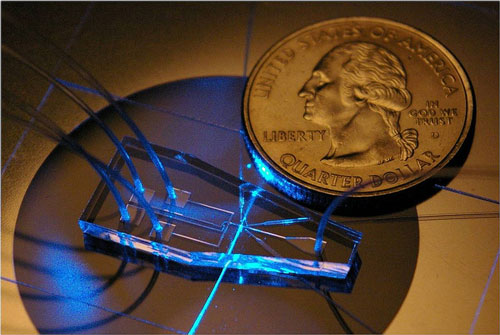 Inexpensive, portable devices that can rapidly screen cells for leukemia or HIV may soon be possible thanks to a chip that can produce three-dimensional focusing of a stream of cells, according to researchers.
Inexpensive, portable devices that can rapidly screen cells for leukemia or HIV may soon be possible thanks to a chip that can produce three-dimensional focusing of a stream of cells, according to researchers.
May 30th, 2012
Read more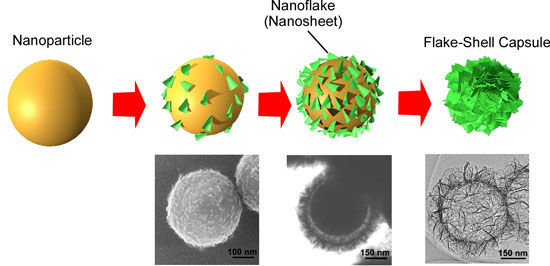 A research group headed by MANA Scientist Dr. Qingmin Ji, in joint research with Prof. Frank Caruso of the University of Melbourne, developed a new elastic capsule using an inorganic nanometer-thickness flake-shaped material.
A research group headed by MANA Scientist Dr. Qingmin Ji, in joint research with Prof. Frank Caruso of the University of Melbourne, developed a new elastic capsule using an inorganic nanometer-thickness flake-shaped material.
May 30th, 2012
Read moreResearchers of the UPNA-Public University of Navarre have developed a type of coating for construction materials. It is based on nanoparticles that interact with sunlight and trigger a chemical reaction that eliminates certain air pollutants.
May 30th, 2012
Read more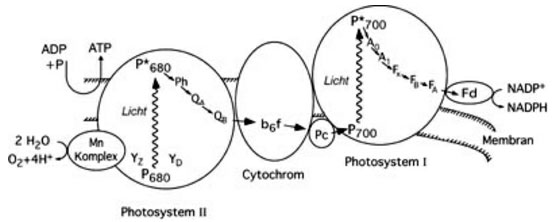 The discussion about environmentally friendly regenerative sources of energy and sustainable production and consumption revolves around three aspects of photosynthesis: first, sunlight as an infinite and clean source of energy; second, the conversion and storage of energy in the form of hydrogen and hydrogen-rich carbon compounds; third, the production of food for earth's growing population.
The discussion about environmentally friendly regenerative sources of energy and sustainable production and consumption revolves around three aspects of photosynthesis: first, sunlight as an infinite and clean source of energy; second, the conversion and storage of energy in the form of hydrogen and hydrogen-rich carbon compounds; third, the production of food for earth's growing population.
May 30th, 2012
Read more